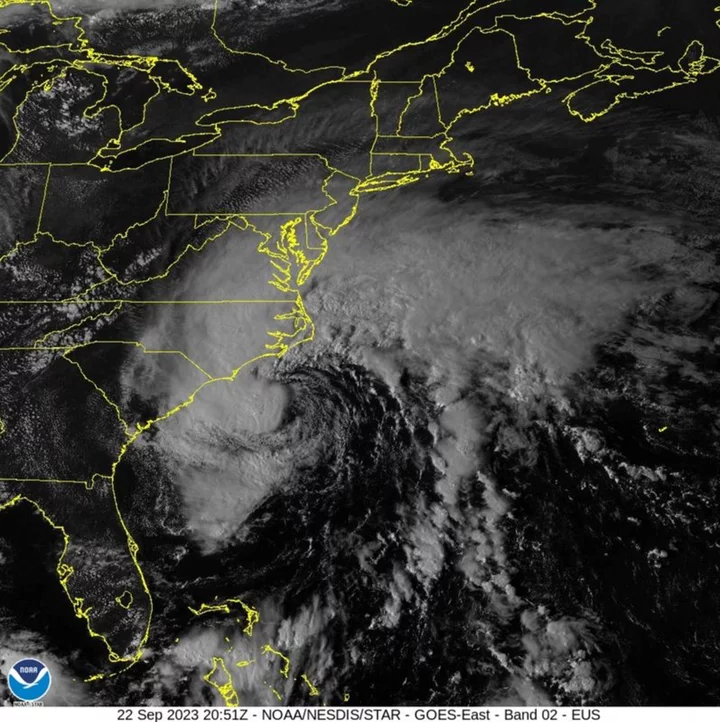
Dahua Revolutionizes Fire Safety Inspection in Power Station
HANGZHOU, China--(BUSINESS WIRE)--Sep 1, 2023--
2023-09-01 20:24

These Apps Are Helping Families Save Big on Grocery and Restaurant Bills
Discounted food apps like Too Good To Go and Flashfood can help you reduce food waste and find great deals on grocery staples like eggs, bread, and more.
2023-05-18 22:28

Amber Heard's Spanish Escapade: Embracing Madrid's charm while keeping mum on the Johnny Depp saga
Amber Heard once said, 'I love Spain so much. I really want to stay since I enjoy living here. I guess I need to proceed now. This is life'
2023-05-21 23:49

Comcast Celebrates Completion of Broadband Expansion to Towns of Bolton and Edwards, Mississippi
JACKSON, Miss.--(BUSINESS WIRE)--Aug 22, 2023--
2023-08-23 03:23

Arm CEO Pitches IPO Investors on Shift to Higher-Margin Chips
Arm Ltd. Chief Executive Officer Rene Haas, gearing up for the biggest initial public offering of the year,
2023-09-12 12:57

Netflix quarterly revenue misses forecasts, shares slide
By Lisa Richwine and Dawn Chmielewski LOS ANGELES (Reuters) -Streaming video pioneer Netflix disappointed Wall Street on Wednesday with second-quarter
2023-07-20 17:25

EU backs Microsoft's Activision Blizzard takeover
The EU on Monday gave the green light to Microsoft's $69-billion takeover bid for US video game giant Activision Blizzard, just weeks after the British competition regulator blocked...
2023-05-15 23:19

Spanish league clubs to earn more TV revenue if they provide better access to players and coaches
Spanish league clubs that voluntarily give broadcasters more access to players and coaches will earn more in television rights this season
2023-08-05 02:56

Peloton the rebrand: High end exercise bike maker says it's now a health company for all
Peloton is undergoing a significant rebrand, dumping its identity as a seller only of luxury exercise bikes to a heath app for all
2023-05-24 01:50

Musk and Zuckerberg call out each other for cage fight
Tech titans Mark Zuckerberg and Elon Musk are in a fierce business rivalry that has spilt over into a playground spat, with the two men offering to...
2023-06-22 18:20

The best printers for working from home — whatever your job
Even in this day and age, some people just prefer physical copies of their documents.
2023-07-31 19:23

The Legend of Zelda: Tears of the Kingdom won't be getting any DLC
'The Legend of Zelda: Tears of the Kingdom' producer Eiji Aonuma says players can continue to "enjoy the cast world of Hyrule" but no new elements will land.
2023-09-14 20:19
You Might Like...

Qualcomm to supply BMW and Mercedes with chips for displays, voice features

Tropical storm Ophelia could slam mid-Atlantic states on Friday

Disney+ will crack down on password sharing now too

Florida’s ‘Last Resort’ Property Insurer Is Now State’s Biggest

Warzone 2 Ranked Patch Notes: New SR and Restrictions

Prime Gaming Halloween 2023 Offerings

This Fan-Favorite Season 6 POI is Back in Fortnite OG

Japan Startup Raises $30 Million to Build Space Robot Workforce
